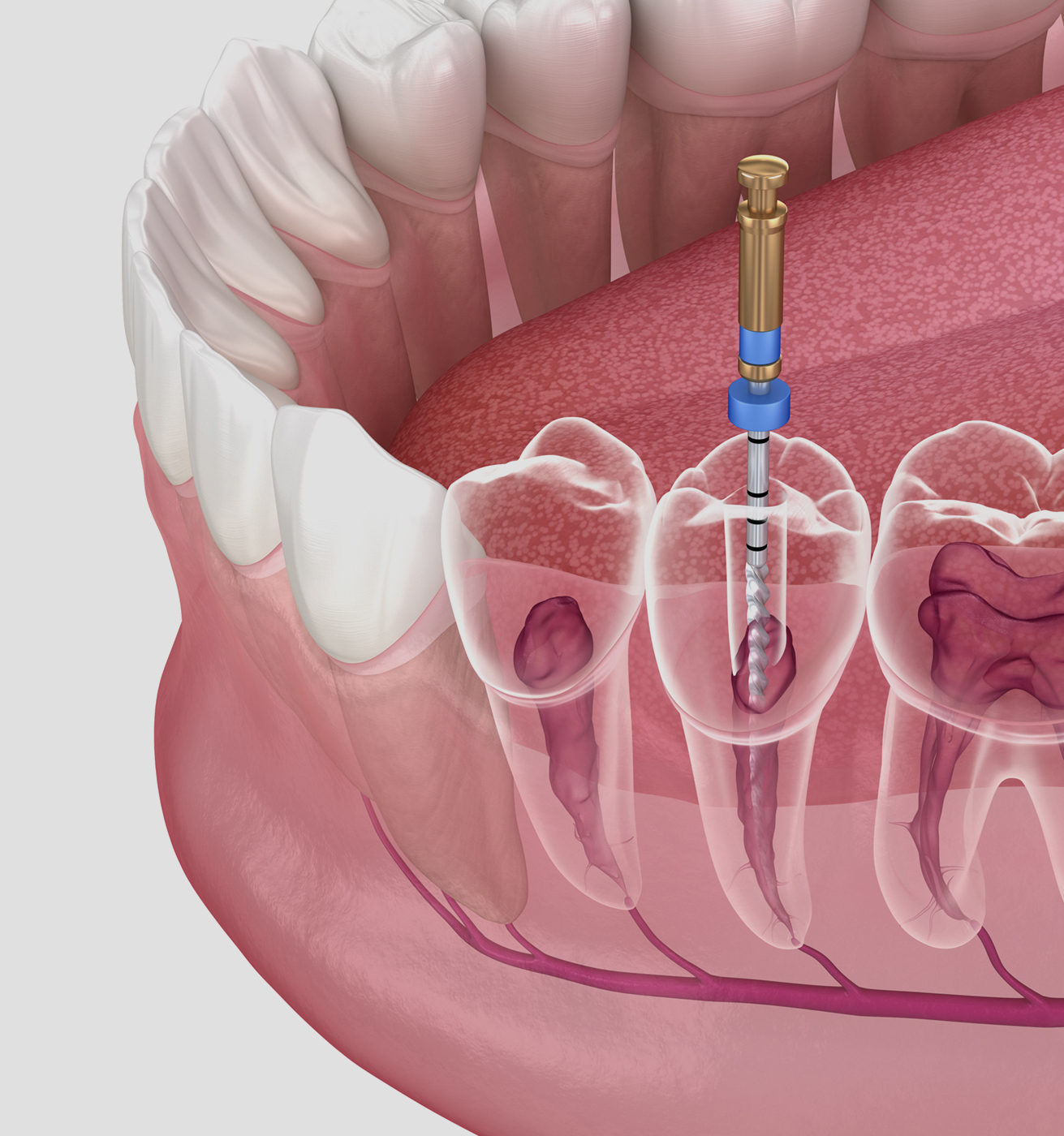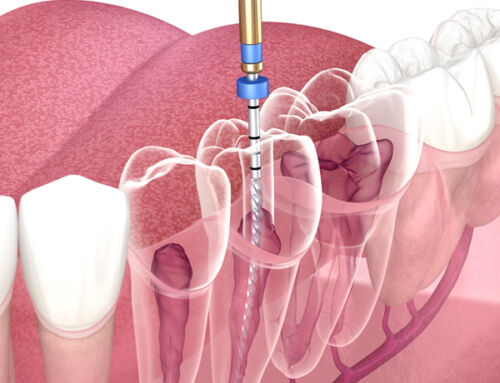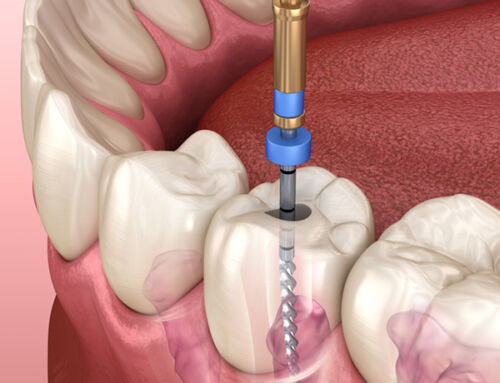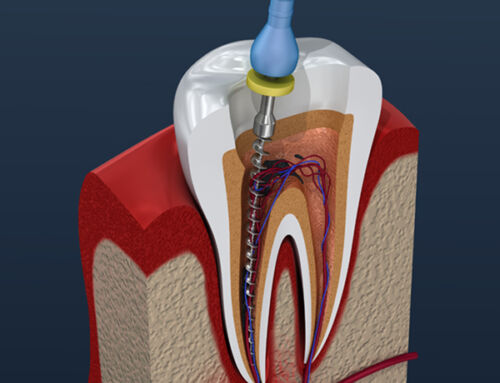If you have a severely decayed or damaged tooth or a toothache due to infection, you may need to go to an endodontist for a root canal treatment.
A root canal treatment is recommended if a tooth can no longer be restored with simple dental fillings. Instead, your dentist will thoroughly clean the inside of the tooth, remove all decay and infection, and effectively save your tooth. Proper root canal treatment can prevent possible tooth extraction and its consequences.
Learn more about our root canal treatment at Chinook Dental Group and how this dental procedure can help restore the health of your tooth.
What is a root canal?
The tooth comprises three parts – enamel, dentin, and pulp. The root canal is where you can find the pulp. This vital structure houses the blood vessels and nerves that provide nutrients to keep the tooth healthy. Simply put, the root canal is where the life of the tooth is.
When decay or infection reaches the root canal and pulp, this is where things can go downhill. You may feel severe pain and develop an abscess. To prevent further problems and possible extraction, the tooth must be restored to good health through root canal treatment.
What causes an infected tooth?
Infection may happen due to several reasons. Often, it is due to severe tooth decay. When bacteria from the decaying tooth reaches the root canal, it will cause pulpal inflammation. Symptoms such as toothache, gum swelling, and pus or abscess may develop on the gums.
Aside from tooth decay, other causes of tooth infection are poor oral hygiene, causing plaque build-up, gingivitis, and even excessive consumption of sugar and starch.
What happens during root canal treatment?
To give you a general idea of the process of getting a root canal, here are five steps that your endodontist needs to do to save your tooth:
Prepping the Tooth
First, your endodontist will access the inside of the tooth to reach the root canals. This is done by creating a small hole in the tooth using a dental bur. Then, a file is inserted in the canal to ensure that the end of the tooth root is reached. This is an important step in eliminating all bacteria to remove and prevent infection.
Cleaning and Shaping
Then, the infected pulp is removed, and the canal walls are cleaned, enlarged, and shaped. A perfectly shaped canal should fit the filling material properly and seal the tooth from the inside. This will prevent possible bacteria build-up that may kickstart another problem.
Depending on the tooth to be treated, your endodontist may need to clean 1 – 4 canals. This number of canals will determine how long the procedure will take.
Medicating the Canals
If an infection or an abscess is present, it is crucial that this is removed before the tooth is sealed. If so, your endodontist will place a medicament inside the root canal. After a few days, the abscess size will decrease until it dissolves completely.
If you are to undergo intracanal medication, a temporary seal is placed where the canal access is made. This is done in several sessions until all remaining bacteria are killed. If necessary, your dentist may prescribe antibiotics to hasten the process.
Filling the Canals
When the tooth is infection-free and relatively healthy, the next step is to fill the canal and seal the tooth. This will prevent saliva, bacteria, and other debris from seeping into the tooth and causing reinfection.
Final Restoration
The last step in the treatment is to restore the tooth’s function, strength, and appearance. A root canal-treated tooth is more brittle because of the loss of nutrients that keep it strong. To properly rehabilitate the tooth, your endodontist may recommend getting a crown.
A dental crown is a “tooth cap” placed over the tooth. This provides the strength and protection needed to continue normal tooth functions. It also helps to improve the look of the tooth, making it look as natural as possible.
The entire process of getting a root canal may take just a day or several sessions. This depends on the initial condition of the tooth. Before getting started on the procedure, our Chinook Dental Group team will fully assess the tooth. This includes a full diagnostic test and X-rays to better understand how the treatment should be done.
Root Canal – FAQs
Does a root canal hurt?
For a more comfortable treatment, most root canal procedures require the injection of local anesthetics. This improves the overall experience by removing the pain sensation in the gums and the tooth. It also allows your dentist to safely and seamlessly perform the treatment.
What happens after a root canal?
A properly restored tooth should look, feel, and function normally. You should be able to bite, eat, and chew as you usually would without worrying about the tooth breaking. This is because the dental crown in place should act to reinforce the strength of the tooth. Also, you should be able to smile confidently with a complete set of healthy teeth.
What are the side effects of root canal treatment?
Proper root canal treatment should pose no harm to your oral health. Instead, it should help keep your teeth and smile in optimal condition. However, if the usual side effects arise, such as reinfection or gum lesions, it can be because of an incomplete canal seal. You can trust our team at Chinook Dental Group to do a complete assessment before and after the treatment to ensure minimal to no long-term problems after your treatment.
Root Canal Treatment at Chinook Dental Group
At Chinook Dental Group, we will always make a conscious effort to keep your natural tooth. This is why we recommend getting a root canal treatment instead of having your tooth extracted should there be any significant decay or severe infection.
Backed with up-to-date dental technology, innovative endodontic dentistry techniques, and unparalleled accuracy in treatment, our endodontist can help save your tooth for the long term. Call us today to book an appointment and experience safe and quality standards for root canal treatment!






